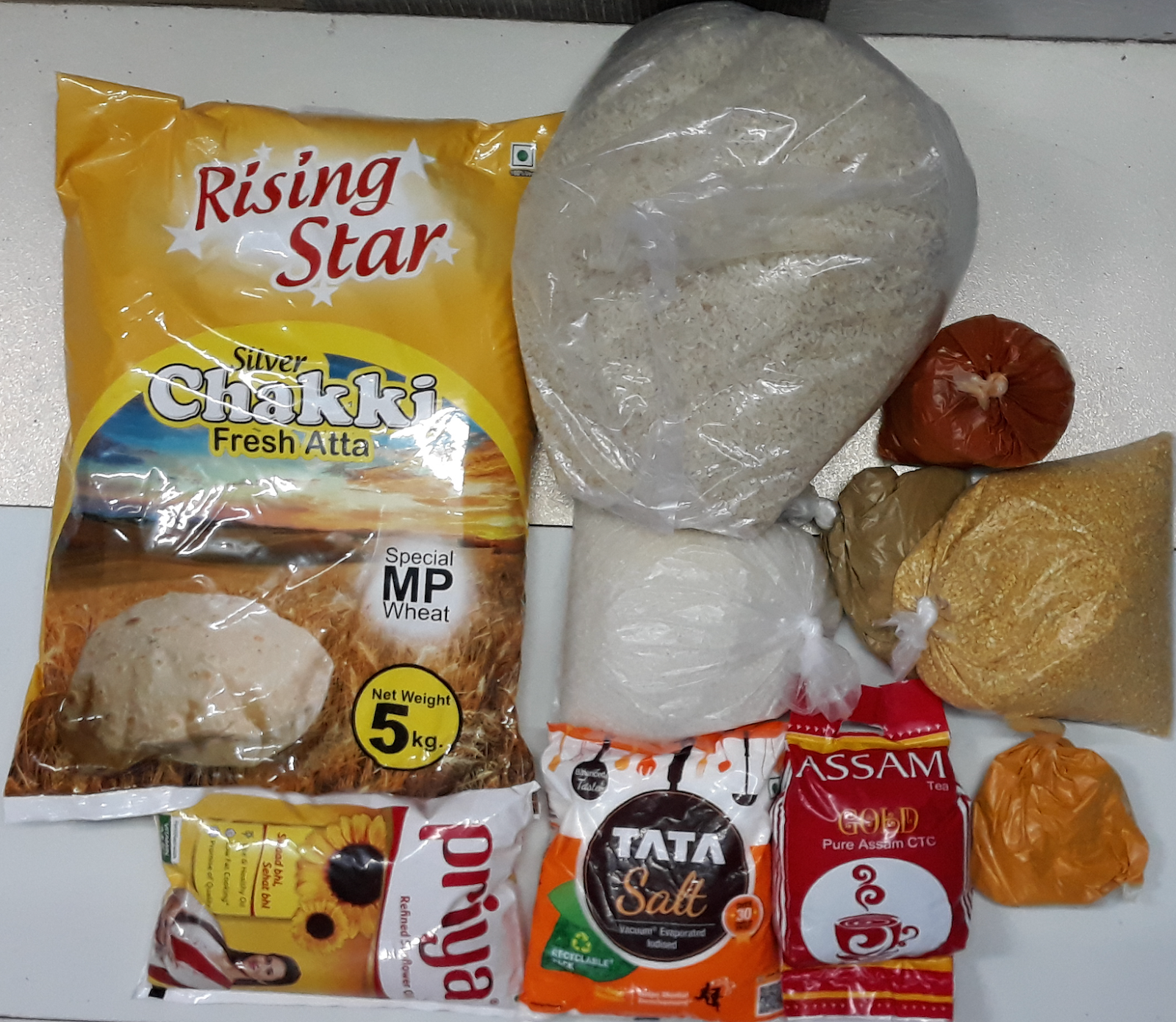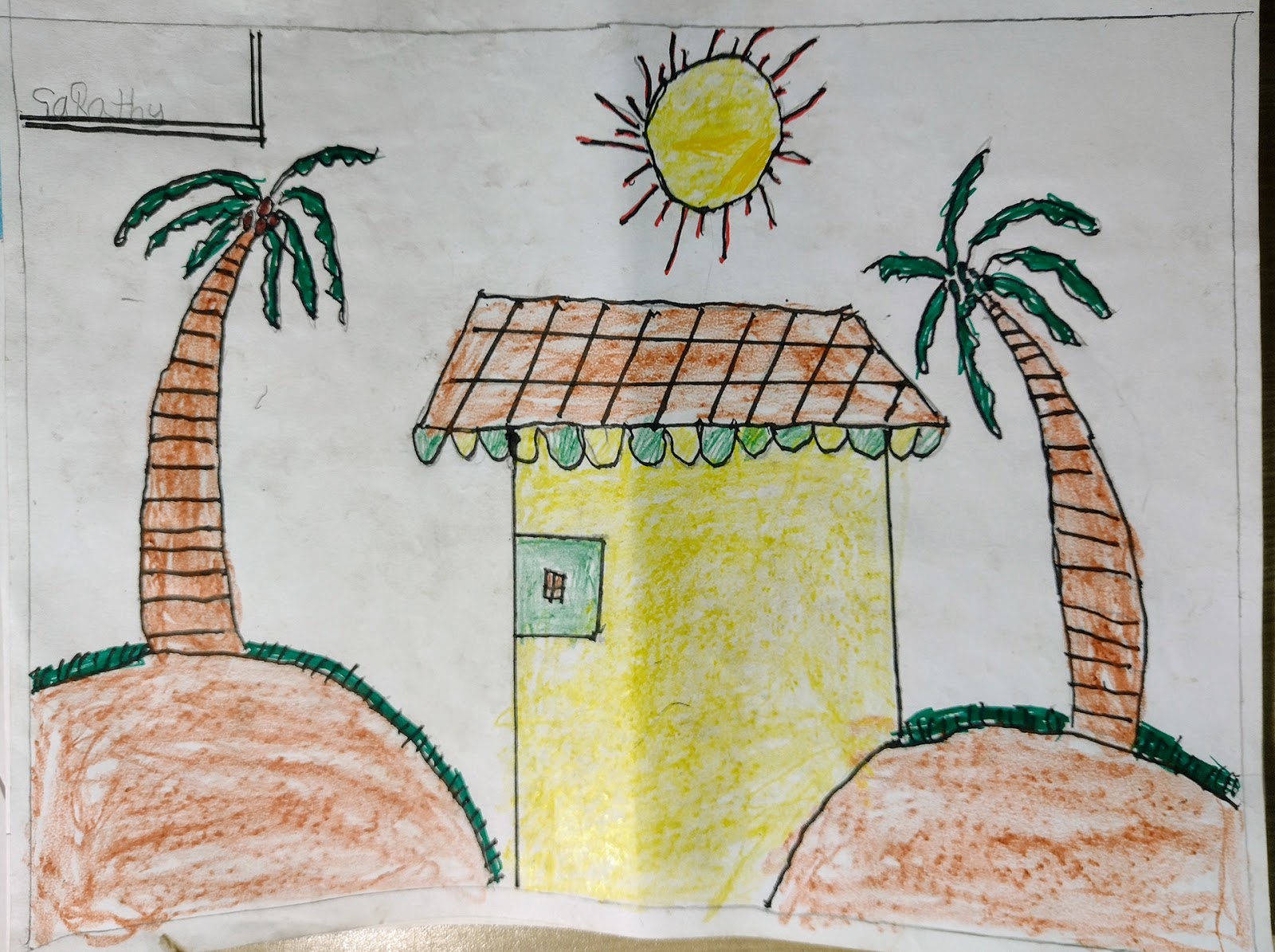This document is a collection of the ethnographic methodologies, technical and ethical considerations that I have employed for my participatory community-focused thesis project: Unheard Voices.
by Bhavya Gupta
Unheard Voices is a storytelling platform focused on highlighting the stories of the migrant women workers in Mumbai, India that were affected by the COVID-19 pandemic. Their experiences during the COVID-19 pandemic in Mumbai, one of the hotspots of the virus speaks about the systemic challenges that they faced in accessing opportunities. It highlights the socio-economic and cultural barriers that women, especially migrant women workers face in India’s “commercial capital”. This is a repository of their aspirations in life in order to mobilize necessary support from the community and with grassroots partnerships. It incorporates the qualitative stories of migrant women that are brought together in the form of a scrolling map containing interview recordings, physical artifacts, and demographic visuals.
The community of fieldwork for this project is located in Reay Road, Mumbai— an erstwhile spot for Mumbai’s mills and factories. Today, it’s mainly known for the century-old station on the Mumbai Suburban Rail network (famously known as Mumbai’s local trains). The Mumbai Port Trust hosts their godowns here but a community has settled here over the past three decades.
Unheard Voices is an attempt to develop a new and innovative method to tell stories. The overall methodology was created for effective storytelling, incorporating innovative research ethnography, and complying with ethical standards to facilitate the fieldwork. It consists of the following components —
Personalized stories unveil opportunities for development and improvement. Stories have the power to inform decision-makers to move in a way that statistics and reports alone often cannot. They bring out information that is emotionally compelling. My approach is focused on crafting a personalized narrative by talking to the women in the Reay Road community to understand their viewpoints about their working conditions, aspirations, and extreme needs in daily life. The stories were recorded with their verbal and written consent.
This is an approach adopted from design research applying the methods described in the crowd-sourced document Doing Fieldwork In A Pandemic by Deborah Lupton. The cultural Probe involves developing kits of materials that are at the end left with research participants to complete in their own time. Once the activities using the kit are completed, they are sent back to the researchers. In this case, the kit comprises essential items such as sanitary napkins, ration kits, masks, sanitizer, disposable cameras, drawing sheets, and coloring pens for their children. The kit serves as a way of co-creating and getting personalized artifacts directly from the women and their children. They are the authors and photographers of their own reality.


The lives of women in the community revolve around their families, especially their children. Many of them have aligned their aspirations to their child. It would be incomplete to not include the children while devising an intervention for the women. We asked the children to take photographs of their lives with the disposable camera and the kids responded to “What do you aspire for when we mention “home?” with their drawings.


Unheard Voices platform consists of a horizontally moving map where the user can navigate the different audio-video stories by scrolling on their screen. The platform is available to view on web-based devices. Moving outside of the cartographic realms, the idea is to explore new ways to map the stories of the community using audio, demographic illustrations, fieldwork artifacts, and videos. The extensive use of audio-based media is to lay emphasis on sound to exemplify the importance of deep ethnographic listening while interviewing research participants on the field.
The use of illustrations to depict the women on the platform is a key ethical consideration while designing the intervention. This is an intentional approach to hide the identity of the women without dehumanizing them. Furthermore, it highlights the comfort of the women in their own surroundings while they were presenting their stories and talking about their aspirations. I put my efforts to ensure that I do not engage in any malpractices such as poverty porn which harms the dignity of the women.

To cater to the western audience, English translated subtitles are embedded with each audio recording to provide access and understanding of the stories. I am currently working on automatic browser-based translation to Hindi and the regional language Marathi for the Mumbai-based audience. Furthermore, the platform currently works for web-based browsers. I am planning to work over the summer to incorporate mobile-viewing support for horizontal scrolling of the storytelling map.
In the end, this project employs a bottom-up approach focused specifically on a local level so that this intervention begins from the standpoint of connecting directly with people in need. The aim of Unheard Voices is to highlight the aspirations of women of Reay Road in order to mobilize necessary support from the community and form grassroots partnerships towards a positive change.
References
Lupton, D. “Doing fieldwork in a pandemic (crowd-sourced document)”. 2020. https://docs.google.com/document/d/1clGjGABB2h2qbduTgfqribHmog9B6P0NvMgVuiHZCl8/edit?ts=5e88ae0a#
Irudaya Rajan, S., P. Sivakumar, and Aditya Srinivasan. 2020. “The COVID-19 Pandemic and Internal Labour Migration in India: A ‘Crisis of Mobility.’” Indian Journal of Labour Economics 63 (4): 1–19.
“Viewpoint/India’s Migrant Crisis: Trapped in a COVID Spatial Rift.”. Berkeley.Edu. Accessed February 16, 2021. https://southasia.berkeley.edu/indias-migrant-crisis-trapped-covid-spatial-rift.
Morduch, Jonathan. 2020. “Can Migration Patterns Help Predict COVID Outbreaks in South Asia? — Financial Access Initiative.” Financialaccess.Org. Financial Access Initiative. April 13, 2020. https://www.financialaccess.org/blog/2020/4/14/migration-and-covid-19-in-south-asia.
Venugopal, Aarya. “Voices of the Invisible Citizens: A Rapid Assessment on the Impact of the COVID-19 Lockdown on Internal Migrant Workers; Recommendations for the State, Industry, and Philanthropies.” 2020. Ruralindiaonline.Org.
https://ruralindiaonline.org/library/resource/voices-of-the-invisible-citizens/.
“Khaana Chahiye.” Khaanachahiye.com. March 29, 2020. https://www.khaanachahiye.com.